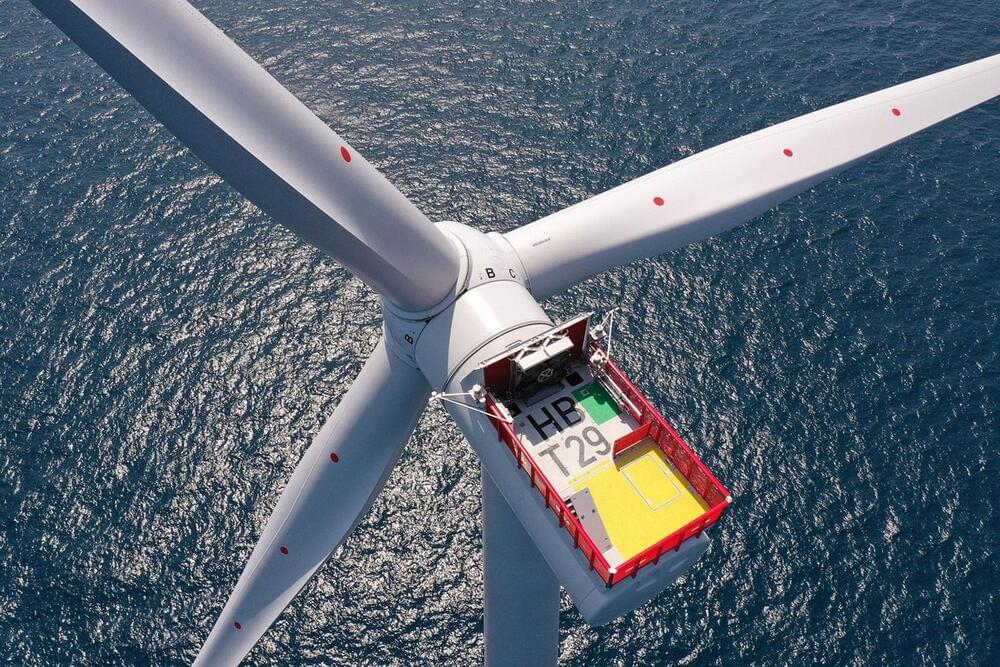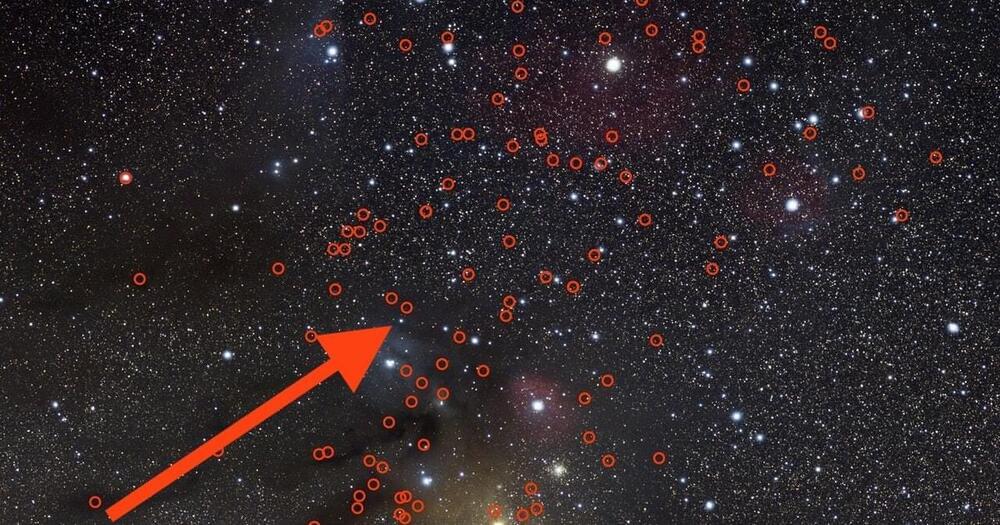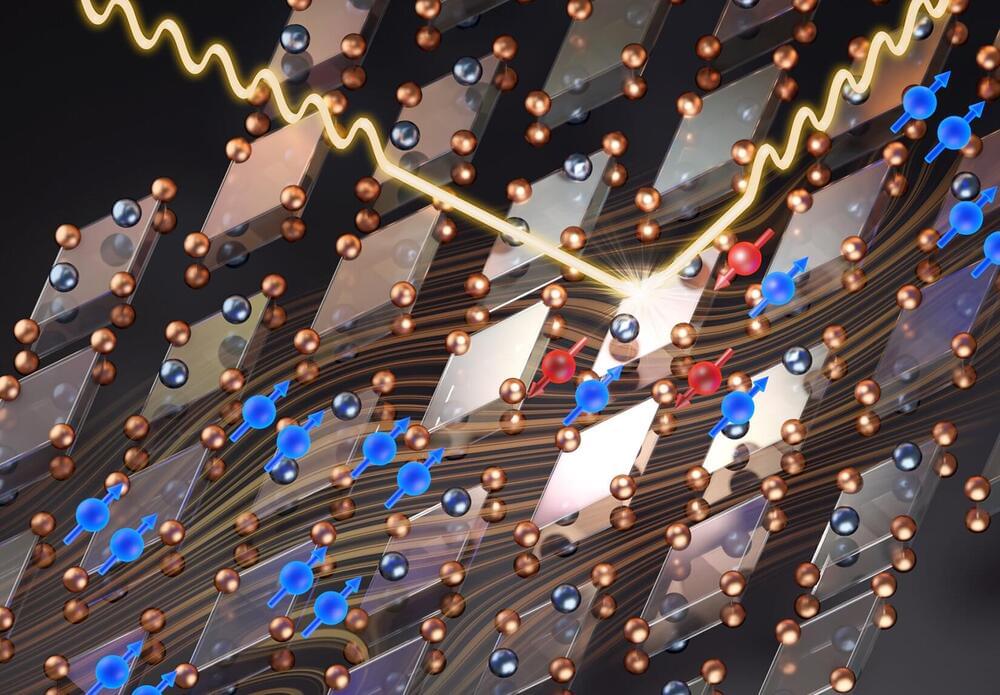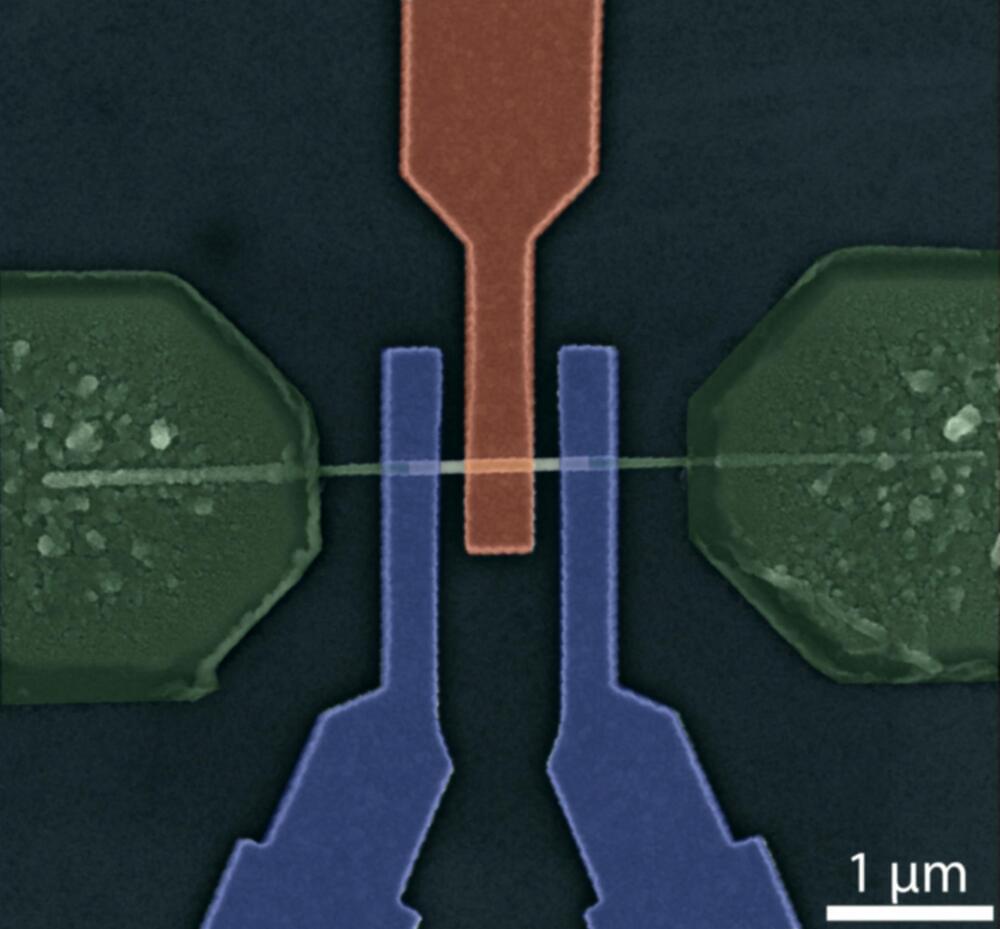
Danish energy firm Orsted has announced that its Hornsea 2 offshore wind farm generated its first power, representing a significant milestone in the facility’s development.
When fully operational, Hornsea 2’s wind turbines will be capable of generating 1.32 GW of clean electricity – taking the title of ‘world’s largest operating offshore wind farm‘from its sibling project, Hornsea 1. Together, the two projects will be capable of providing enough power for well over 2.3 million homes.
Located 89 km off the UK’s east coast, the Hornsea 2 achieved its first power after its offshore substation (OSS), the world’s largest offshore AC substation, and reactive compensation station (RCS), were installed in late October 2021. Since that time, Ørsted and its partner companies have been working hard to commission and energize the wind farm in preparation for its anticipated operational date next year.


















